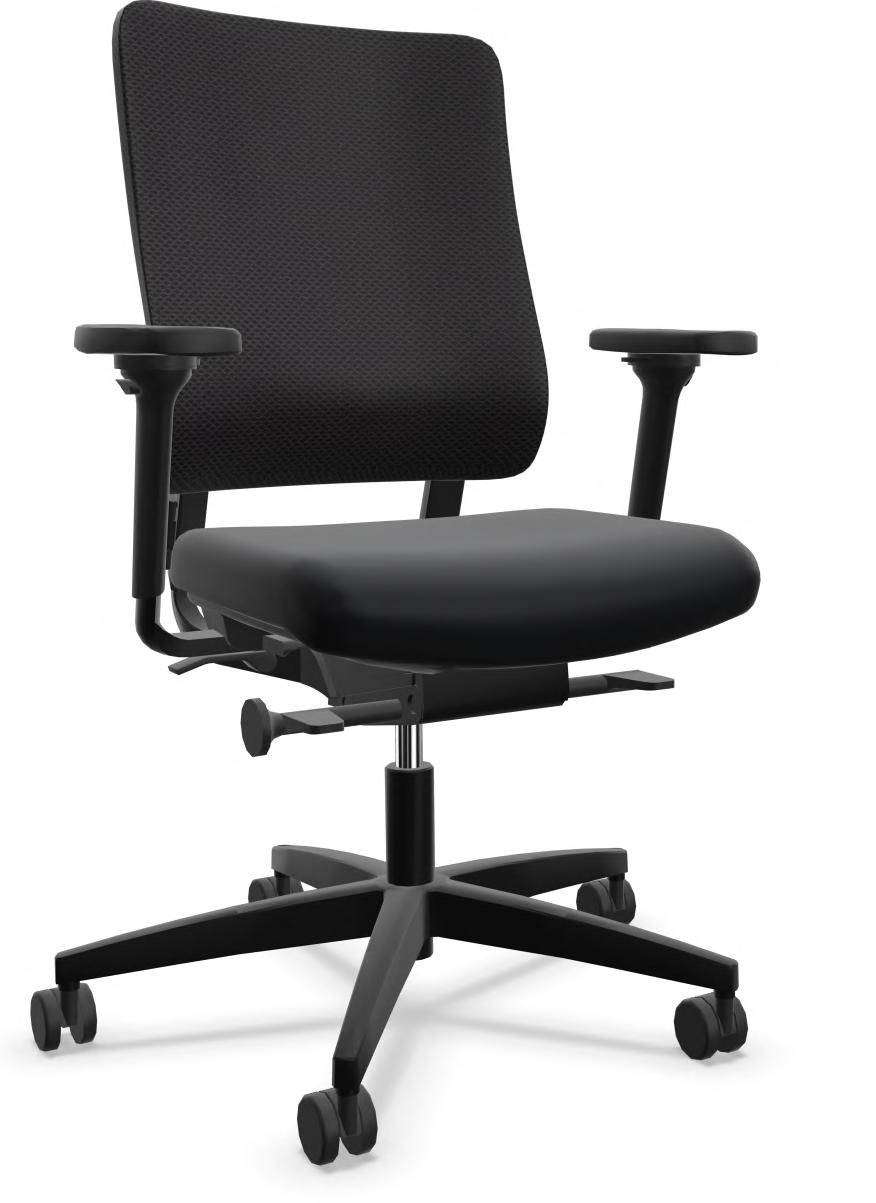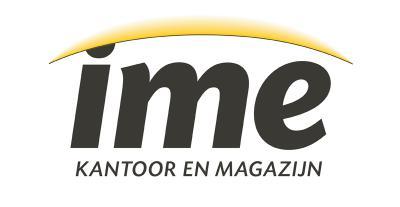
4 minute read
Behind the Veils: Revealing Mata Hari part 3
Behind the Veils: Revealing Mata Hari
by Rebekah Villon
Advertisement
Part 3: The Toast of Paris The life of Mata Hari is shrouded in mystery. There are competing and contradictory stories, and everyone, including Margreet herself, has different motives for misrepresenting the truth. My approach has been to sift through these different stories and present the version that I find most probable, but there are truths and facts that we may never fully understand.
This is part three of a six-part series exploring the life, loves, and legacy of the legendary Mata Hari, born Margaretha Geertruida Zelle. In previous issues, we covered her tragic youth, a deeply troubled marriage, and the loss of a child. After several years in Java, Margreet returned to the Netherlands as a divorcee, living in poverty while her husband kept custody of her daughter.
After the dissolution of her marriage, Margreet moved to Paris. Although it pained her to be so far from her daughter, she could not support her, and her ex-husband used every scandal and accusation from her life as a reason to keep her from her child. She was fluent in French (among other languages), and it's likely that she was working as a prostitute and wanted to avoid more rumors and scandal reaching her family.
Like a Shooting Star In 1903, unconventional dancers like Isadora Duncan were revolutionizing dance performance in Europe, moving from the drawing rooms and salons to centerstage and international fame. Margreet, who was working as an artist's model and circus performer under her married name of MacLeod, was likely inspired by these stories. When she was invited to dance in a salon, she seized the opportunity, and quickly gained fame as an exotic dancer.
dresses, performing dances she had learned in Java, playing to European fascination with exotic and Oriental cultures. Her lean figure and dark hair and eyes contributed to this mystique. Her dances ended with her (nearly) naked, typically wearing nothing but a sheer body suit and jeweled chest pieces. She had always been self-conscious of her breasts, thinking they were too small, and always kept them covered, even later in her career when she skipped the body suit. Mata Hari avoided obscenity laws by claiming that these were the sacred temple dances of the people of Java, and audiences were immediately smitten. A Paris newspaper claimed that she was:
"so feline, extremely feminine, majestically tragic, the thousand curves and movements of her body trembling in a thousand rhythms."
A glowing review in Le Journal said:
“Mata Hari personifies all the poetry of India. Its mysticism, its voluptuousness, its languor, its hypnotizing charm.”
Mata Hari was an overnight smash hit. Her performances were daring and sensual, but, presented as art and culture, in the salons of the wealthy, they were respectable. She maintained her stage persona offstage as well, telling people alternately that she was the daughter of an Indian temple dancer, or that she was born in Java to European parents. No matter her real origin, she was an exotic beauty, the desired companion of wealthy and powerful men. She toured Europe to acclaim wherever she went. She was seen with a series of lovers at the highest ranks of society. She
had lavish clothes, jewels, and an incredible lifestyle. She was a famous beauty, written about in society pages, and photographed often. Although her reputation with men further strengthens his case against her, aside from her child, she had everything she ever wanted.
The Fruits of Fame In truth, Mata Hari's dancing career didn't last long. She was in her twenties when she first learned to dance, and was 26 or 27 when she became a professional. Some would say (although years later, and perhaps in spite) that she was never a great dancer; that her act was successful because it was so sensual and she was so beautiful. What her dancing career did was catapult her into the upper ranks of society, where her beauty and charm could win over many men and be used to make a profit. Her transition from dancer to courtesan was graceful but, perhaps, inevitable.
By 1914, Mata Hari was known throughout Europe, traveling all over the continent, received in palaces and parlors, known to princes and generals and everyone worth knowing. Her reputation for being interested in wealth was well-established, and some would say that her beauty was fading. Was there anyone, perhaps, better positioned to gather military intelligence? The French didn't think so.

Join me in the next issue of HOWDO as we continue to explore this fascinating Dutch woman at the turning point of European history.
€ . 245,00 excl. BTW € . 296,45 incl. BTW


If you are working from home, work safely!

Desk Chair Drumback for your home office.
It’s important to work responsible and ergonomically from home. That’s why we are offering you the ergonomic desk chair Drumback. The Drumback desk chair from Viasit is in line with the most recent European regulation EN135 which has been certified by TüV in Germany.










